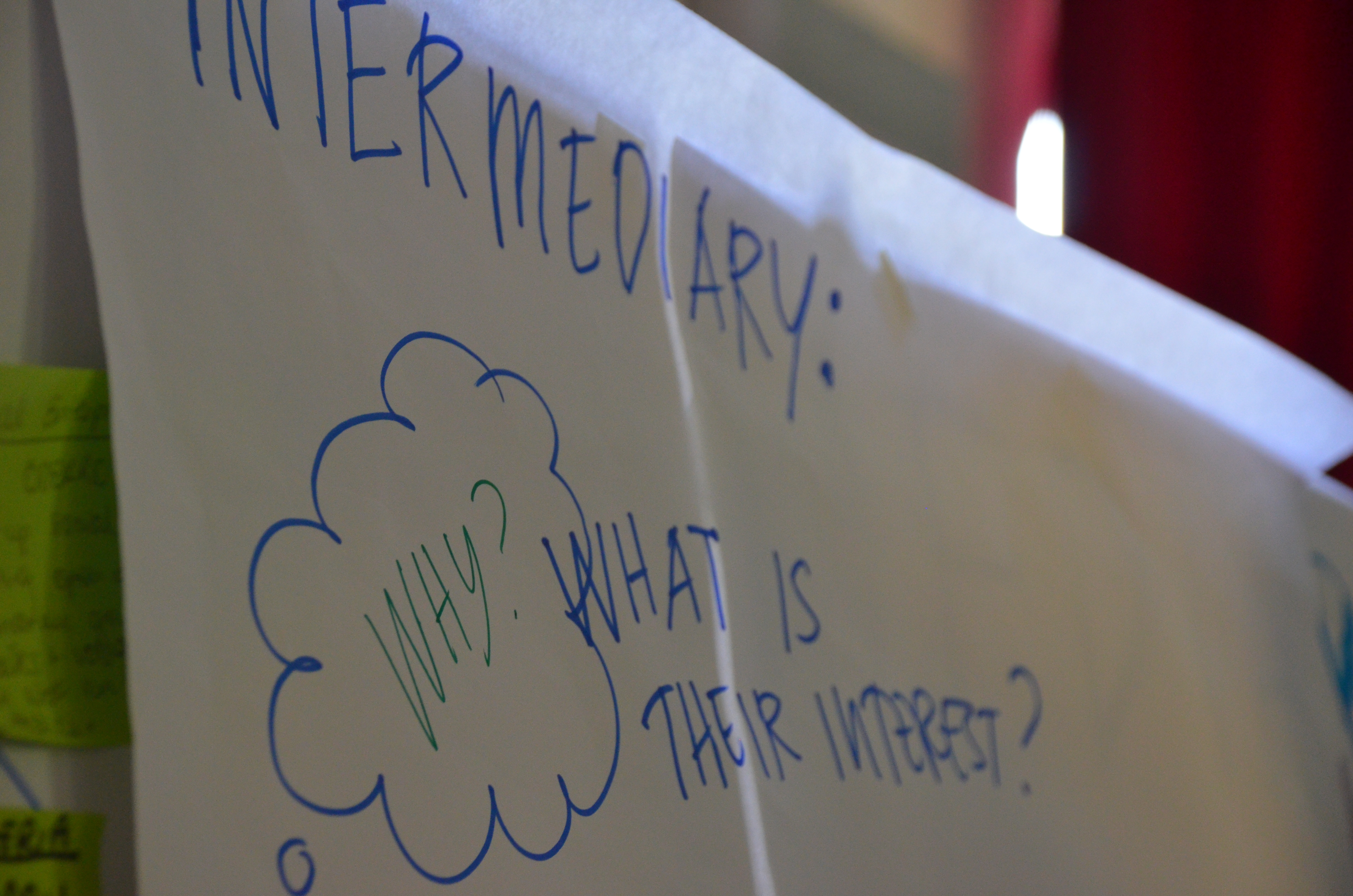This post has been authored by Saara Mehta, a fifth year at the National Law Institute University, Bhopal. It discusses the legality of linking social media accounts to the government’s Aadhar scheme. On 20thAugust, 2019, the Attorney General of India, K.K. Venugopal, submitted to the Supreme Court that there was a need to link the social media…
Tag: Chilling Effect
Metadata by TLF: Issue 6
Welcome to our fortnightly newsletter, where our Editors put together handpicked stories from the world of tech law! You can find other issues here. Delhi HC orders social media platforms to take down sexual harassment allegations against artist The Delhi High Court ordered Facebook, Google and Instagram to remove search result, posts and any content containing…
Article 13 of the EU Copyright Directive: A license to gag freedom of expression globally?
The following post has been authored by Bhavik Shukla, a fifth year student at National Law Institute University (NLIU) Bhopal. He is deeply interested in Intellectual Property Rights (IPR) law and Technology law. In this post, he examines the potential chilling effect of the EU Copyright Directive. Freedom of speech and expression is the bellwether…
Intermediary Liability – An Explanation
(Image Source: https://flic.kr/p/o9EcaJ) Definitions and Explanations – the Concept of ‘Incentives’ An intermediary is an internet-based service provider, which provides its users with a platform to upload all and any types of content, ranging from text to videos. Some of the more popular examples of intermediaries would be Facebook, YouTube, Twitter, WordPress and Blogspot. The…
